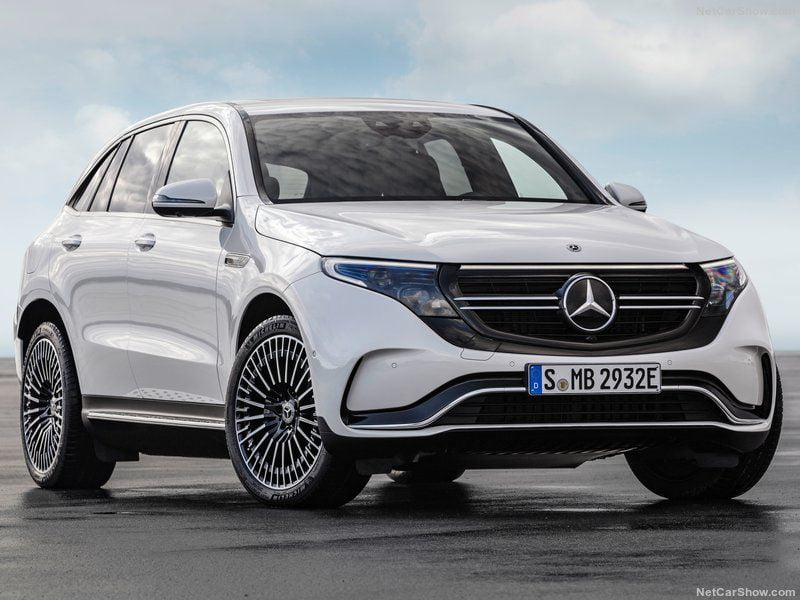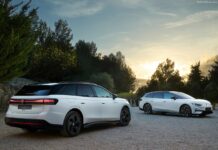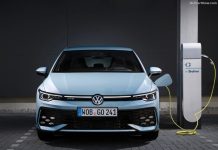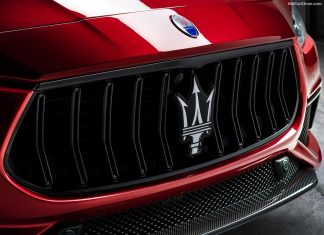German Cars Market fell marginally – down 0.2% – in 2018 influenced by WLTP regulation, ending the year at 3.433.843 units, again the 4th globally. New brands are emerging with Seat up in 9th place (+12%), Dacia up 17%, Mitsubishi up 17% and Jeep up 28%.
Economic Environment
German economy expanded at a resilient, albeit markedly softer, pace in 2018 despite a weak second half of the year. Although national accounts data for the final quarter has yet to be released, the initial estimate for the full year showed that the economy should have rebounded slightly. However, growth is likely to have been underwhelming, partly due to ongoing struggles in the automotive sector.
Industrial output contracted in both October and November, with a broad-based deterioration in the latter. Additionally, exports fell for the sixth time in 2018 in November; the trade surplus nevertheless widened as imports dropped at an even steeper pace. Looking at the first quarter of the new year, business confidence turned pessimistic in January on a gloomier short-term outlook.
Market Trend
German vehicles market volume record was established in the 2009 before than the market score a series of negative years ended only in the 2013. Finally, in the 2014 the market kept back a positive pathway, improving for the following four years up to a peak of 3.43 million in the 2017.
Accordingly with the data released by the V.D.A. and the V.D.I.K. , in the 2018, the car passenger’s market was moderately negative being largely affected by the September 1st WLTP emission standard introduction, which moved the trend in negative pushing sales down losing all the gain of the previous three-quarters and ending the year flat from the previous at 3.43 million, down 0.2%.
Market Outlook
Despite the current trend is moderately negative, the basic industry trend remains positive in the period 2019-2025 will be further supported by a growing economy. Furthermore, the evolution in emission standard and the introduction of a bulk of electric and hybrid models, while deeply change the market structure while sustaining a moderate growth.
Competitive Arena
On top of the brands list, Volkswagen dominates the 2018 ranking at 50.823 (-6.5%).
In second place Mercedes with 25.292 (-4.3%) followed by Audi with 21.814 (+3.7%) and Ford with 21.064 (+14.6%).
In fifth place BMW with 19.198 (-7.4%) followed by Opel with 16.225 (-6.6%), Skoda with 14.668 (-1.6%), Renault with 9.932 units (+2.3%), Hyundai with 9.290 (+11.7%) and in 10th place Seat with 8.218 (+6.2%)
At model-wise, the 2018 top seller is Volkswagen Golf is losing 22.9% with 14.399 sales. In second place the Volkswagen Polo with 6.821 units (+20.4%) followed by the Volkswagen Tiguan with 6.480 units (-12.8%) and the Mercedes C Class with 6.218 (+5.3%).
Tables with sales figures
In the tables below we report sales for all Brands and top 10 Models.











